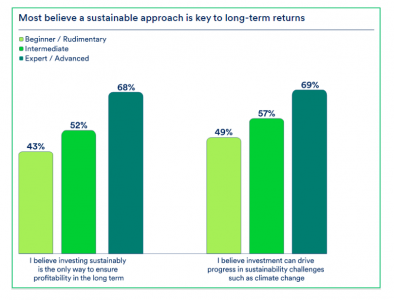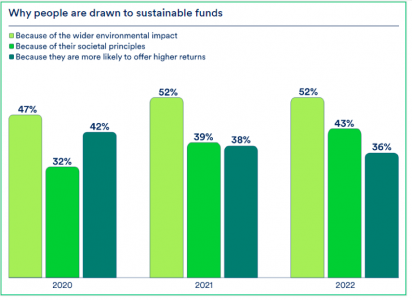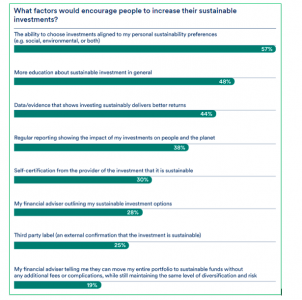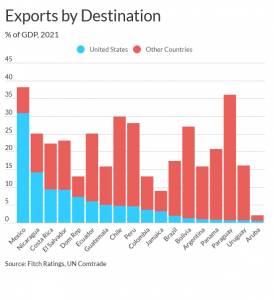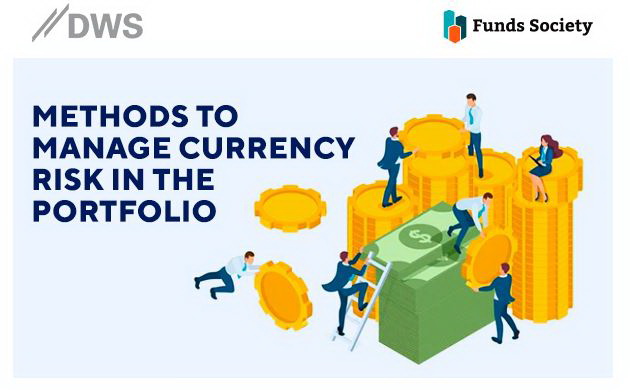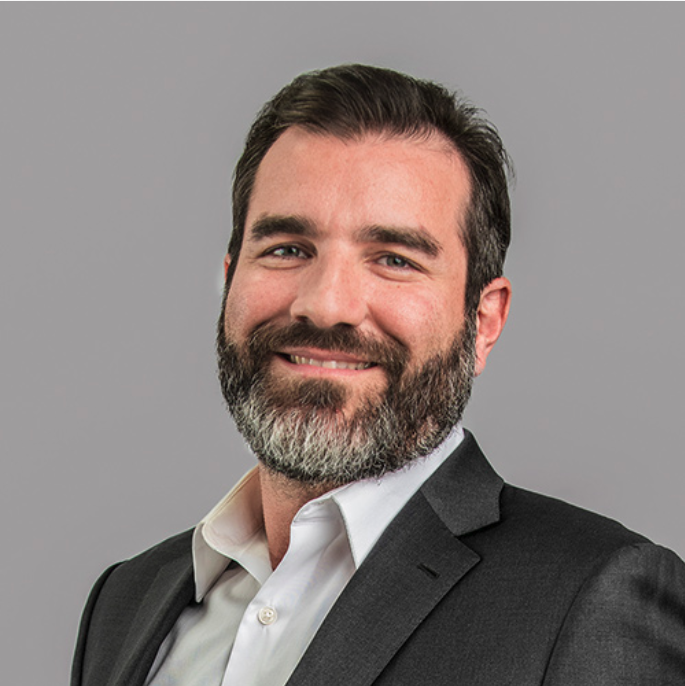How Will You Remember the Investment Decisions You Made in 2022?
| By Cecilia Prieto | 0 Comentarios

Will you remember that unlike 2020 and 2021, when S&P 500 investors were rewarded with returns of 18.4% and 28.7%, 2022 was the year you got out of the market altogether? Or will you remember in the face of 2022’s challenges—which included rampant inflation, rising interest rates, horrific natural disasters, the persistent threat of COVID-19, and the ongoing war in Ukraine—you ignored the investment market and focused on your hobbies?
Will you remember that because of poor performance, you abandoned the stock and bond investment mix you’d maintained for years? Or will you remember that, aside from year-end portfolio rebalancing, your holdings remained relatively unchanged?
For many years, institutions and individuals have come to rely upon a long-term portfolio mix that has served them well. Developed by Nobel Laureate Harry Markowitz in 1952, and comprised of 60% stocks and 40% bonds, for many years the portfolio has rewarded investors with attractive investment returns earned by assuming low levels of risk.
From 1980 through July 2022, the 60/40 portfolio delivered positive returns in 35 of 42 years. Investors who have relied upon this investment mix have seen their portfolios increase in value 83% of the time. As any statistician will tell you, the positive long-term performance of the 60/40 portfolio is “statistically significant”, not the result of chance or luck. With an average annual rate of return of 9.89% for the 30 years ending in 2021, 60/40 investors have been rewarded for staying the course. But this year, the strategy has performed poorly and is down 19.34% through October 5, 2022.
Despite the 60/40 portfolio’s positive long-term returns, this year’s poor performance has prompted investment experts to point investors in the direction of “alternatives” such as private equity, infrastructure, long/short strategies, and real estate. In addition to being asset types that are inaccessible to many investors, alternative managers also employ investment techniques such as using leverage or hedging that have the potential to either amplify gains or losses.
While alternatives do serve a purpose in diversified investment portfolios, they are not necessarily the best investment for everyday investors, because alternatives:
- Are often more appropriate for large, institutional-type investment portfolios.
While a small allocation to alternatives may make sense for typical investors, allocating a significant percentage of a portfolio to non-traditional investments makes sense for investors whose portfolios are valued at $1 million or more. Often, these investors are looking for negatively correlated investments that don’t rise and fall in tandem with stocks and/or those that may provide alternative streams of income. During years like 2022, when both the stock and bond markets have performed poorly, alternative investment positions have the potential to temper investment volatility. - Possess characteristics that everyday investors dislike.
For many years, individual investors have grown to appreciate the transparency, regulatory oversight, liquidity, and manageable fees that characterize traditional investments. The same can’t be said for alternatives. In many cases, they are complex, unregulated, illiquid, and costly in terms of fees.
- Are most beneficial when added to portfolios in anticipation of market downturns.
Instead of adding alternative investments during market downturns, investors should add them to their portfolios when traditional investments are performing well and alternatives are out of favor.
Making significant investment portfolio changes during a bear market is never a good idea. Instead, successful investing is an endeavor that requires investors to muster incredible short-term patience to achieve their long-term financial goals.





